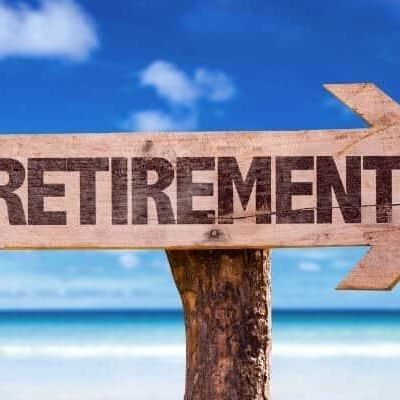DOL Issued Final Regulations Regarding ESG Investing By Retirement Plans

In response to President Biden’s executive orders issued in 2021, the Department of Labor (DOL) has completed new regulations governing investment obligations for employee benefit plan trustees. Considering these new regulations, now is an excellent time for employers and retirement plan sponsors to assess their plans’ investment lineups, investment policy statements, and QDIA options to see whether modifications to the plan’s investment alternatives or strategy are necessary.
The Employee Retirement Income Security Act of 1974 (ERISA) imposes loyalty and prudence requirements on retirement plan sponsors and investment fiduciaries when choosing investment alternatives for the plan. For decades, the DOL has signaled in nonregulatory guidance that certain sorts of investments primarily intended to support social, environmental, or corporate governance factors or concerns (so-called “ESG investing”), while not necessarily prohibited by ERISA, may violate these duties if financial returns and risks to plan participants aren’t given enough weight.
The DOL released regulations in 2020 that appeared to formalize that viewpoint by forcing plan fiduciaries to pick investments and make investment-related choices purely on “pecuniary” reasons. The law made it clear that an investment fund or portfolio couldn’t be part of a “qualified default investment alternative” (QDIA) in a plan with even one goal other than making money as part of its investment strategy. As ESG investments aren’t simply focused on monetary goals, many retirement plans avoided ESG investments entirely.
The DOL released a final rule on Nov. 22, 2022, to counteract the “chilling impact” that previous rules had on ESG investment by retirement plans. The DOL regulations specifically state that past limits should be relaxed to boost climate change activities, which are frequently supported by ESG investment. As a result, the pecuniary/non-pecuniary nomenclature has been dropped entirely, and the regulations emphasize that the ERISA fiduciary responsibility of prudence may actually entail an assessment of the economic implications of climate change and other ESG considerations presented by a given investment plan.
The guidelines also try to make it easier for retirement plans to invest in ESG by relaxing the QDIA criteria and making other amendments to proxy voting procedures for ESG investments. The final rule takes effect 60 days after it has been published in the Federal Register.
Contact Information:
Email: [email protected]
Phone: 9568933225
Bio:
Rick Viader is a Federal Retirement Consultant that uses proven strategies to help federal employees achieve their financial goals and make sure they receive all the benefits they worked so hard to achieve.
In helping federal employees, Rick has seen the need to offer retirement plan coaching where Human Resources departments either could not or were not able to assist. For almost 14 years, Rick has specialized in using federal government benefits and retirement systems to maximize retirement incomes.
His goals are to guide federal employees to achieve their financial goals while maximizing their retirement incomes.
Popular posts

The MRA+10 Option: Is...
Key Takeaways The MRA+10...

How to Take Advantage...
Key Takeaways: Taking advantage...
Free Retirement Benefits Analysis
Federal Retirement benefits are complex. Not having all of the right answers can cost you thousands of dollars a year in lost retirement income. Don’t risk going it alone. Request your complimentary benefit analysis today. Get more from your benefits.
I want more



